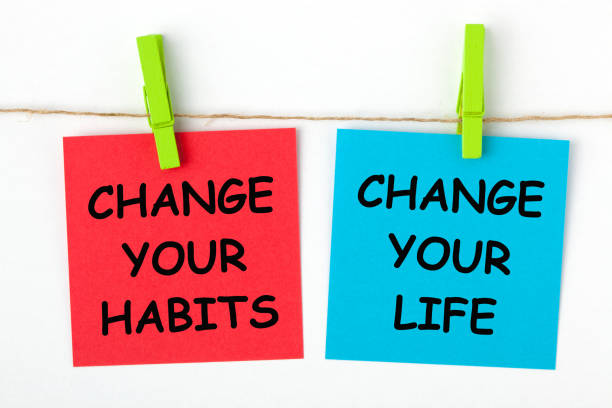
TL;DR:
- Manage overactive bladder (OAB) through bladder training, fluid control, pelvic floor exercises, and awareness.
- Keep a bladder diary to identify triggers and adapt accordingly.
- Adhere to a bathroom routine including timed voiding and double voiding.
- Learn urge control techniques such as pelvic floor squeezing.
- Ensure hydration is adequate but avoid bladder irritants like coffee, soda, and wine.
- Use appropriate products (pads or special underwear) for leaks.
- If effective, explore behavioral therapies to strengthen bladder control.
- Consider surgical treatments if lifestyle changes prove insufficient.
- Maintain a balanced diet, regular exercise, stress management, and a healthy weight.
- Avoid known OAB triggers like caffeine, smoking, and stress.
- Natural remedies may aid bladder control, but should be vetted by a doctor.
—
Are you struggling with overactive bladder? You’re not alone, and you’re not without options. At the Continence Center at Nevada Surgical, our mission is to improve your well-being through expert guidance. I’m Dr. Kent Sasse, and I have practical solutions to share with you today. By making simple lifestyle changes, you can regain control. In this guide, I’ll cover effective strategies to help you manage this frustrating condition. Let’s take the first step together toward a better quality of life.
Effective Lifestyle Changes for Overactive Bladder
Lifestyle Modifications for Overactive Bladder
To manage overactive bladder (OAB), try bladder training, fluid control, pelvic floor work, and staying aware. These steps can help regain control over your bladder.
Track Your Bladder Habits
Keep a bladder diary. Note when you pee, the amount, and any leaks. Record what you eat, drink, and how you feel. This helps find triggers, like leaking after drinking tea. Once identified, making smart swaps becomes easier.
Create a Bathroom Routine
Timed voiding can help OAB. Go every two hours, even without the urge. This routine trains the bladder to avoid waiting too long. Double void by peeing, waiting, then trying again. This ensures complete bladder emptying and reduces leaks.
Learn Urge Control Tricks
Control urge by squeezing the pelvic floor when it hits. This sends a calming signal to the bladder. Practice deep breaths and stillness to resist rushing to the bathroom. With practice, these tactics become more effective.
Drink Smart, Don’t Stop
Drinking less makes urine stronger and irritates the bladder. Aim for six to eight cups daily, spaced out, and avoid fluids two hours before bed. Avoid coffee, soda, and wine, as they trigger the bladder.
Use the Right Products for Leaks
If leaks occur, use pads or special underwear. Choose ones made for urine. Keep extra clothes and pads nearby to handle leaks confidently.
Explore Behavioral Therapy Options
Behavioral methods like supervised bladder training and pelvic floor classes help. These low-risk techniques strengthen muscles and often avoid the need for pills, which can bring side effects.
Surgery as a Reliable Option
OAB drugs can have side effects like dry mouth and memory loss. If lifestyle changes aren’t enough, consider surgery. Though it may sound scary, surgery can provide safe and lasting relief, often without daily pills or side effects.
Make Small Changes for Big Gains
Maintain a healthy weight, eat high-fiber meals, stay active, and manage stress. These habits contribute to better bladder health and fewer leaks.
Keep Track of Progress
Regularly note leaks or urges and reflect on what works. Tracking this can help refine your approach and recognize effective strategies.
Incontinence Surgery as a Game Changer
For severe OAB cases, surgery might be the best step. Procedures like nerve stimulation help quickly, offering relief without long-term drug use. Surgery today is safer, faster, and has fewer risks.
Dietary Modifications to Reduce Bladder Irritation
Avoid caffeine, citrus fruits, tomatoes, spicy foods, and alcohol. These irritate the bladder lining, increasing trips to the restroom. Reducing these foods can calm the bladder.
Strengthen Bladder and Pelvic Health Naturally
Train pelvic floor muscles with Kegel exercises. These tighten muscles that support the bladder. Progress with physical therapy and, if needed, vaginal weights but consult a doctor first.
Avoid OAB Triggers
Avoid caffeine, smoking, stress, tight clothes, certain medications, and holding urine. Each can worsen OAB symptoms. Stick to a bathroom schedule and wear comfortable clothing.
Soothe an Irritated Bladder Naturally
Hydrate in small amounts throughout the day. Herbal supports like pumpkin seeds may aid bladder control but consult your doctor first. Calm urgency with a heat pack on your lower belly and slow, deep breaths.
—
Listening to your body and making strategic adjustments can greatly improve bladder health. If lifestyle changes and natural methods aren’t enough, surgery offers a reliable solution for long-term relief.
##Conclusion
A consistent bladder care plan can improve your quality of life. Track your symptoms and keep a diary. A regular toilet schedule helps too. Eat mindfully—steer clear of foods and drinks that upset your bladder. Strong pelvic muscles support bladder health, so practice Kegel exercises. Keep away from irritants like caffeine, smoking, and stress. Seek relief with methods like heat packs and herbal teas. Overactive bladder is manageable with these steps. Embrace change, regain control, and enjoy life with fewer interruptions. Trust in informed care to guide you onward.
Ready to take control of your bladder health and explore treatment options? Discover personalized solutions with expert guidance. Visit [The Continence Center at Nevada Surgical](https://forms.aweber.com/form/55/310012255.htm) today to learn more and schedule a consultation. Your journey to better bladder health starts here!